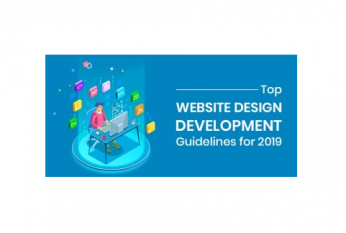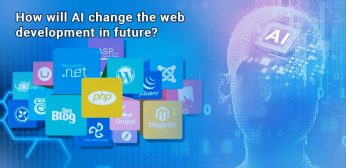“Less is more” – you’ve probably heard this phrase a number of times. Like most of us, you might be thinking of it as a sort of a “minimalist mantra”.
This mantra has certainly imprinted itself into modern design, as minimalism remains one of the most popular design philosophies. From architecture to fashion, “the art of less”, has proven to be a tenacious influence on creators and trends.
When we talk about minimalism in web design, we’re referring to a design approach that seeks to simplify the user interface and website navigation. This is done by using only the elements that have a distinct purpose, whether aesthetic or functional.
We’ve grown used to clean, uncluttered interfaces without necessarily dubbing them minimalist. The principles of minimalism have taken over web design and still dictate key trends, but this is not without good reason. A minimalist design can greatly enhance the user experience, which, in the case of business websites and e-commerce stores, immediately translates to an improved customer experience.
Clarity above all
Minimalism is not about getting rid of elements for the sake of clean-cut aesthetics and a sleek-looking website. Sometimes, you might find designers taking things too far, eliminating to the point that the website either looks unfinished or navigation becomes confusing because too many elements are hidden. That’s the exact opposite of what minimalist design seeks to achieve.
The primary goal of minimalist web design is to improve usability and make navigation effortless. In a survey by Hubspot, 76% of consumers stated that the most important factor in a website’s design is how easy it makes it for them to find what they want.
Clarity is one of the crucial factors for an effortless user experience, and in order to introduce clarity to your design, you’ll first have to get rid of a lot of visual clutter. That’s where the crispy minimalist aesthetics come in.
By avoiding excess details, buttons, and other distractions, you’ll be able to guide the visitor’s focus to help them find what they need within a matter of seconds. In order to emphasize content and guide the visitor’s eye to important elements on the page such as CTA buttons, designers also rely on simplified layouts, whitespace (negative space), and contrast.
Read more: How Minimalist Web Design Can Improve the Customer Experience








